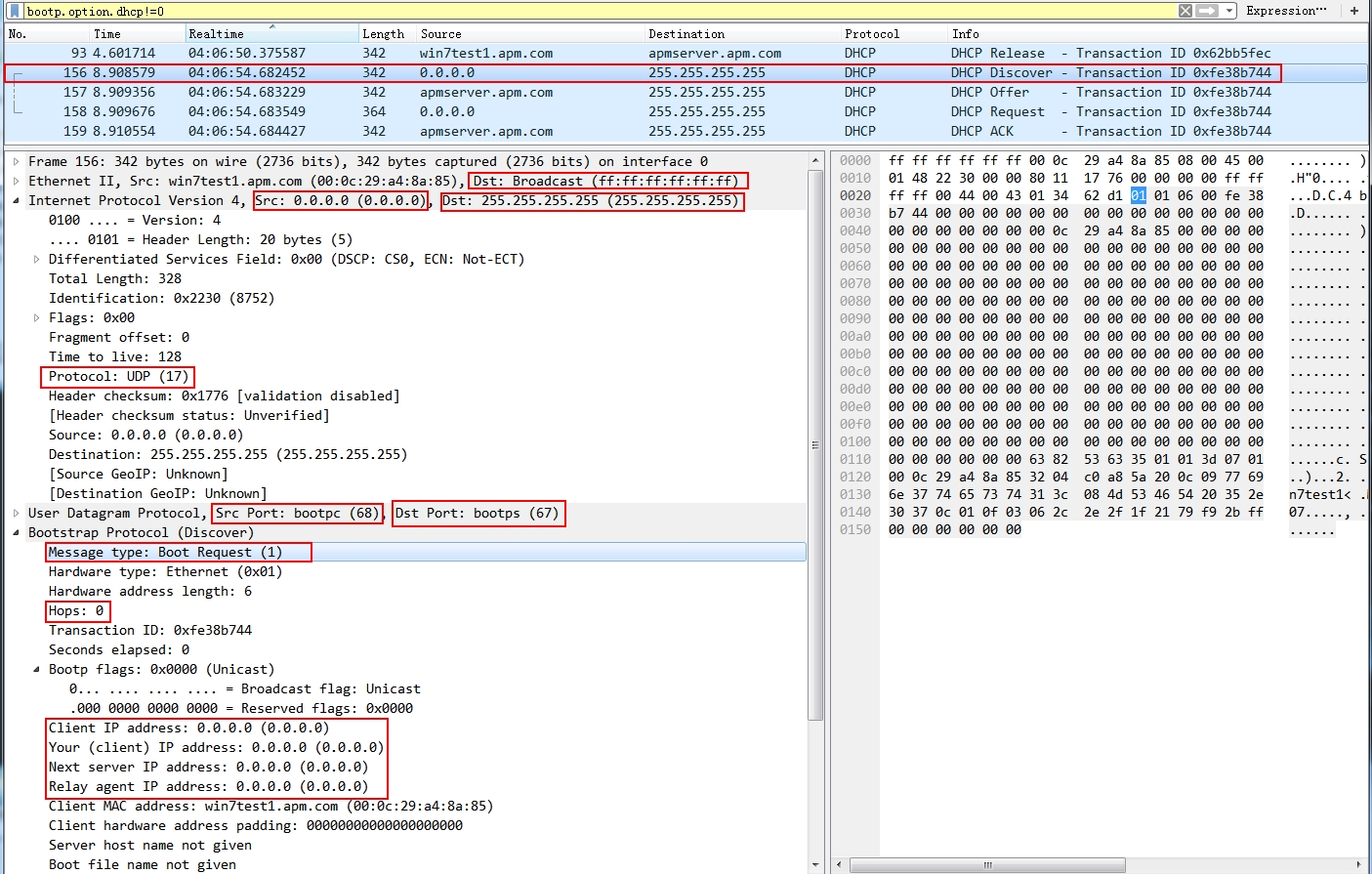

Useful for finding hosts whose resources have become exhausted. Match packets that indicate a TCP window size of 0. This filter can be used with any TCP flag by replacing the “syn” portion of the expression with the appropriate flag abbreviation. Useful for narrowing down specific communication transactions. Match packets associated with a specific TCP stream. Useful for finding poorly forged packets. Can be used for TCP and UDP checksums as well by replacing ip in the expression with udp or tcp. Match packets with an invalid IP checksum. This can be useful for some loose OS fingerprinting. Match packets with a TTL less than or equal to the specified value.

Match packets to or from a specified country Useful for excluding traffic from the host you are using. Match packets not to or from the specified MAC address. For instance, if we want to match packets with a specific IP address in either the source or destination fields, we could use this filter, which will examine both the ip.src and ip.dst fields: Wireshark also includes custom fields that will incorporate values from multiple other fields. Now, we can match based upon a specific source IP address by adding the src keyword to the expression:Īlternatively, we could match based upon packets with the destination IP address instead: Starting simple, we can create a filter expression that only shows packets using the IP protocol by simply stating the protocol name: Now that we understand how filters are constructed, let’s build a few of our own. Simply put, any field that you see in Wireshark’s packet details pane can be used in a filter expression.Įxpressed in decimal, octal, or hexadecimalĮxpressed as any number of addresses: IPv4, IPv6, MAC, etc. A complete list of field names can be found by accessing the display filter expression builder (described in the Wireshark section of this chapter) or by accessing the Wireshark help file. Some example field names might include the protocol icmp, or the protocol fields icmp.type and de.
#WIRESHARK MAC DESTINATION HOW TO#
Unlike capture filters, display filters are applied to a packet capture after data has been collected.Įarlier we discussed how to use display filters in Wireshark and tshark, but let’s take a closer look at how these expressions are built, along with some examples.Ī typical display filter expression consists of a field name, a comparison operator, and a value.Ī field name can be a protocol, a field within a protocol, or a field that a protocol dissector provides in relation to a protocol. As of version 1.10, Wireshark supports around 1000 protocols and nearly 141000 protocol fields, and you can create filter expressions using any of them. Because of this, they are a lot more powerful. These are different than capture filters, because they leverage the protocol dissectors these tools use to capture information about individual protocol fields. Wireshark and tshark both provide the ability to use display filters. Chris Sanders, Jason Smith, in Applied Network Security Monitoring, 2014 Wireshark Display Filters


 0 kommentar(er)
0 kommentar(er)
